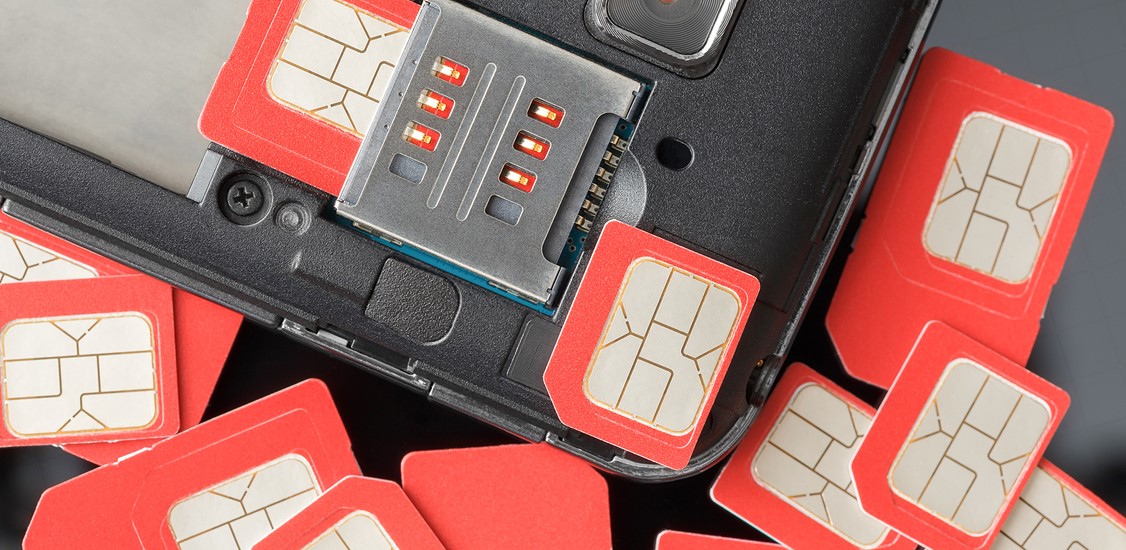Apple’s announcement of the eSIM-only iPhone 14 in September last year caused a ripple effect through the industry. While this currently only applies to US-versions of the phone, as the second eSIM-only smartphone to be announced worldwide this release shouldn’t be sniffed at.
As we all know, when Apple makes a move so does everyone else. In fact, more than half of respondents in a recent Amdocs survey agreed that ‘if Apple is going there, the eSIM-only approach is the future for mobile phones.’ So, this announcement has the potential to turbo-charge the rise of eSIM.
But this may be the first time many people – especially consumers – are learning of such a SIM. SIM cards are typically only thought of when users go to upgrade their device, and the process can be tedious, cumbersome and frustrating. In 2023, it’s strange that every time users want to switch mobile network provider or change their device that the process is road blocked by a tiny piece of plastic arriving in the mail.
However, eSIM may be the answer to this convoluted customer journey, making the process frictionless, automated and fully digital. With an eSIM-enabled device, users can add a new subscription for a new device, change their provider instantly (eg roaming), cutting down on time and frustration for them and work for the telecom providers. This will in turn improve the customer service offered, which is crucial in a competitive marketplace.
The stars are aligning for eSIM
This significant industry shift has come at the perfect time, with technological capabilities and consumer attitudes meeting.
Firstly, the rise of 5G technology is doing much to make widespread eSIM rollouts possible. 5G allows service providers to add millions of new connected devices onto their network, choosing cellular connectivity as default, instead of all other short-range, low power alternatives. It also has benefits for things such as device battery life, which can extend to up to a decade on a 5G-enabled IoT device.
Together, these capabilities can allow CSPs to use eSIM technology to add services to users’ subscriptions virtually and instantly. This is crucial for industries such as healthtech & logistics, as well as being what consumers already expect from any new consumer electronics device.
Meanwhile consumers are excited about the benefits eSIM-enabled smartphones will enable. A survey of 2,500 consumers from the US, UK and Australia found that 32% are most looking forward to being able to switch providers instantly, and 20% are excited to not experience the hassle associated with physical SIM cards. Almost 60% said they definitely want their service provider to support eSIM soon.
However, there is still a clear education gap to be overcome. The survey found that more than 40% of consumers still aren’t familiar with eSIM and, when asked whether their device supports it, the majority of the 75% that said their mobile device was not compatible were incorrect.
Service providers should therefore use the momentum created by Apple to educate users on the benefits of this capability, and that many smartphones already support it.
A digital revolution for telcos
By its very nature, eSIM represents a revolution in mobile connectivity that will impact the entire telco ecosystem. Service providers must look at it within this context, evaluating the impact it will have on the rest of its operations and how it needs to evolve, which will likely include a requirement for new strategies and processes.
Mainly, there will need to be renewed considerations around how to create seamless user experiences when new processes are becoming digital. These experiences are quickly becoming key differentiators for service providers so, while evolving their own operations, telcos need to ensure that users see minimal disruption, and that they are ultimately serviced more effectively.
This means that as well as upgrading their technical capabilities, they need to ensure that customer touchpoints are well equipped to enable these new services. For example, customers want a one step – or one click – process, so call centres and digital customer service operatives need to be given the tools to push new features and upgrades to users’ devices while speaking with them, rather than being the channel through which their requests are passed on to someone else to action.
Most importantly, this new digital version of managing the SIM, must provide at least the same capabilities that the plastic version offered, as well as all new capabilities that a digital version brings with it. The plastic version was device-agnostic, agnostic to customer type and the touchpoint which is used. eSIM, on the other hand, is highly dependent on the device type, OEM brand, customer type and touchpoint. eSIM created dozens of new permutations which CSPs need to create business processes for, to get it right.
While this is easier said than done – as telcos battle legacy infrastructure and complex, layered ecosystems – it’s worth it. By fully digitising with eSIM technology rather than physical SIM cards, telcos can unlock a new level of user experience, for a lower cost and at greater convenience for all.
The eSIM revolution is just beginning, and the appetite and technological capabilities are in place to make 2023 the year of eSIM. Service providers are increasingly battling each other when it comes to offering the best customer experience as this is really what consumers are looking for – and this is what eSIM technology enables. It brings together the perfect combination of new capabilities, such as the seamless addition of new services, and better customer experience, as changes can be made instantly and digitally. With Apple making a significant move in this space already, I’m intrigued to see where the rest of this year will take us.






















